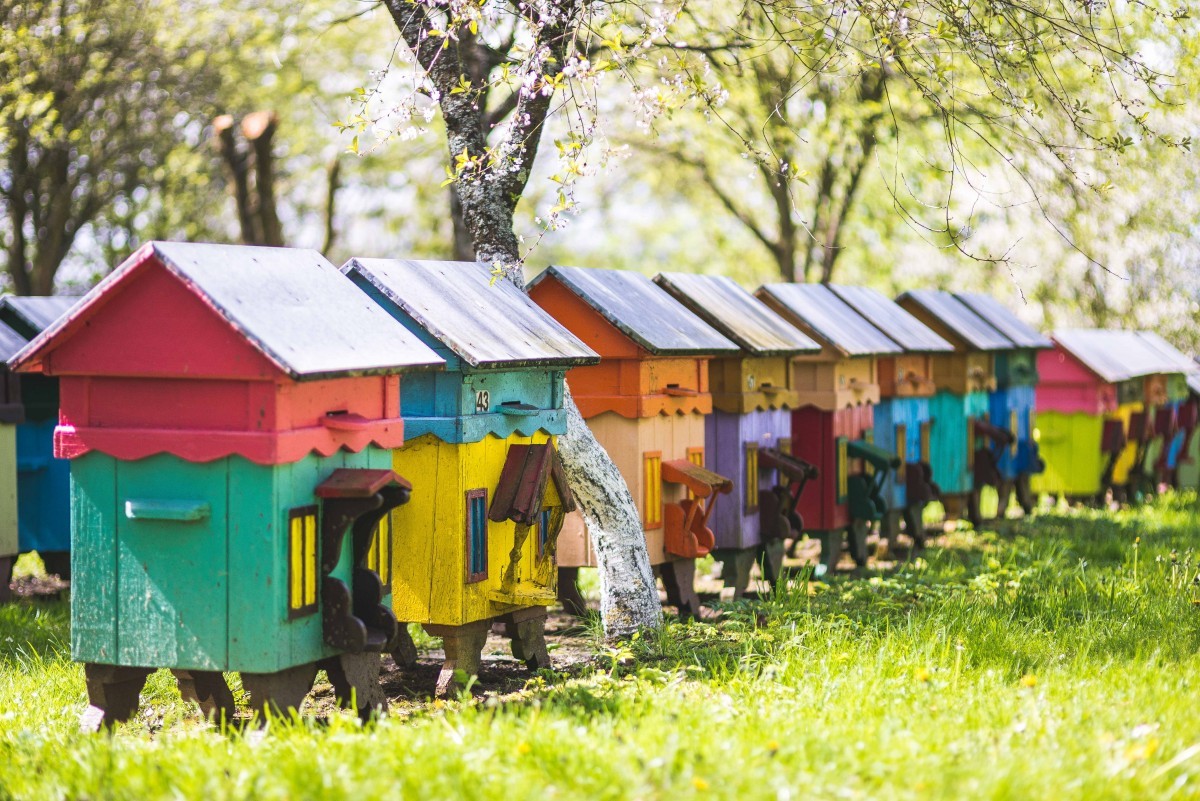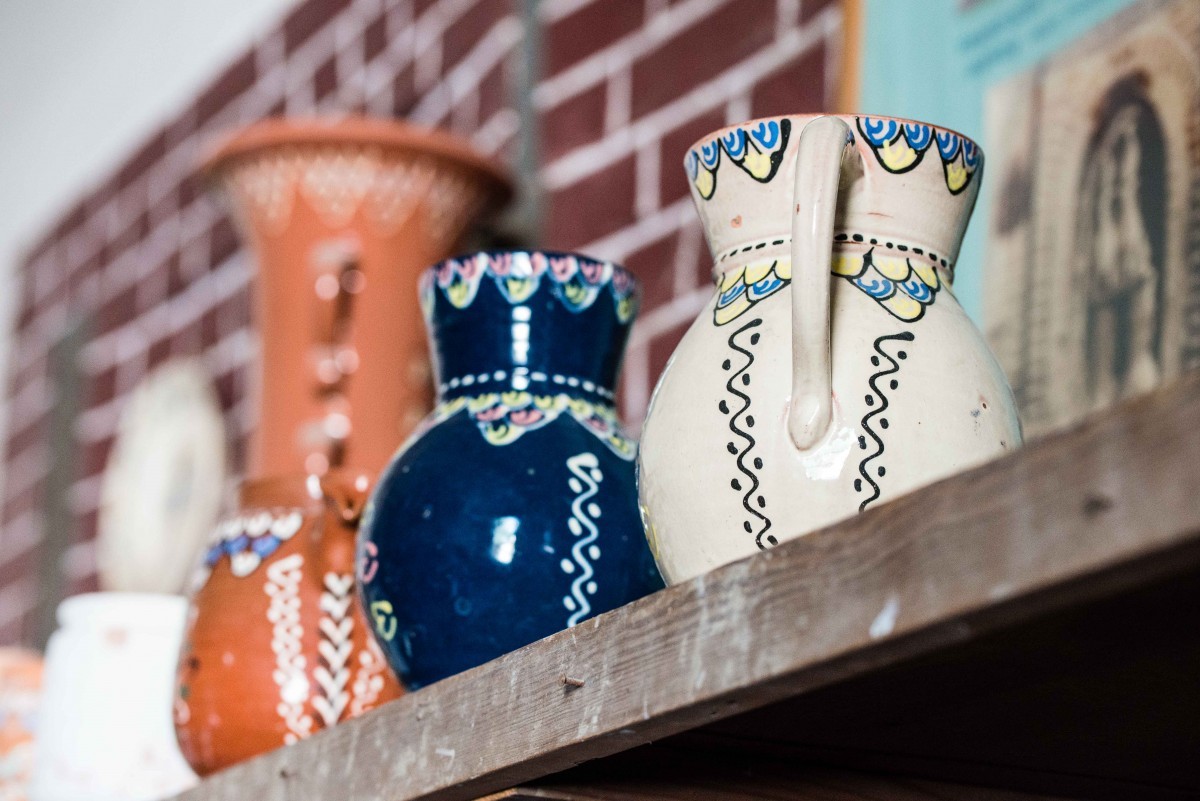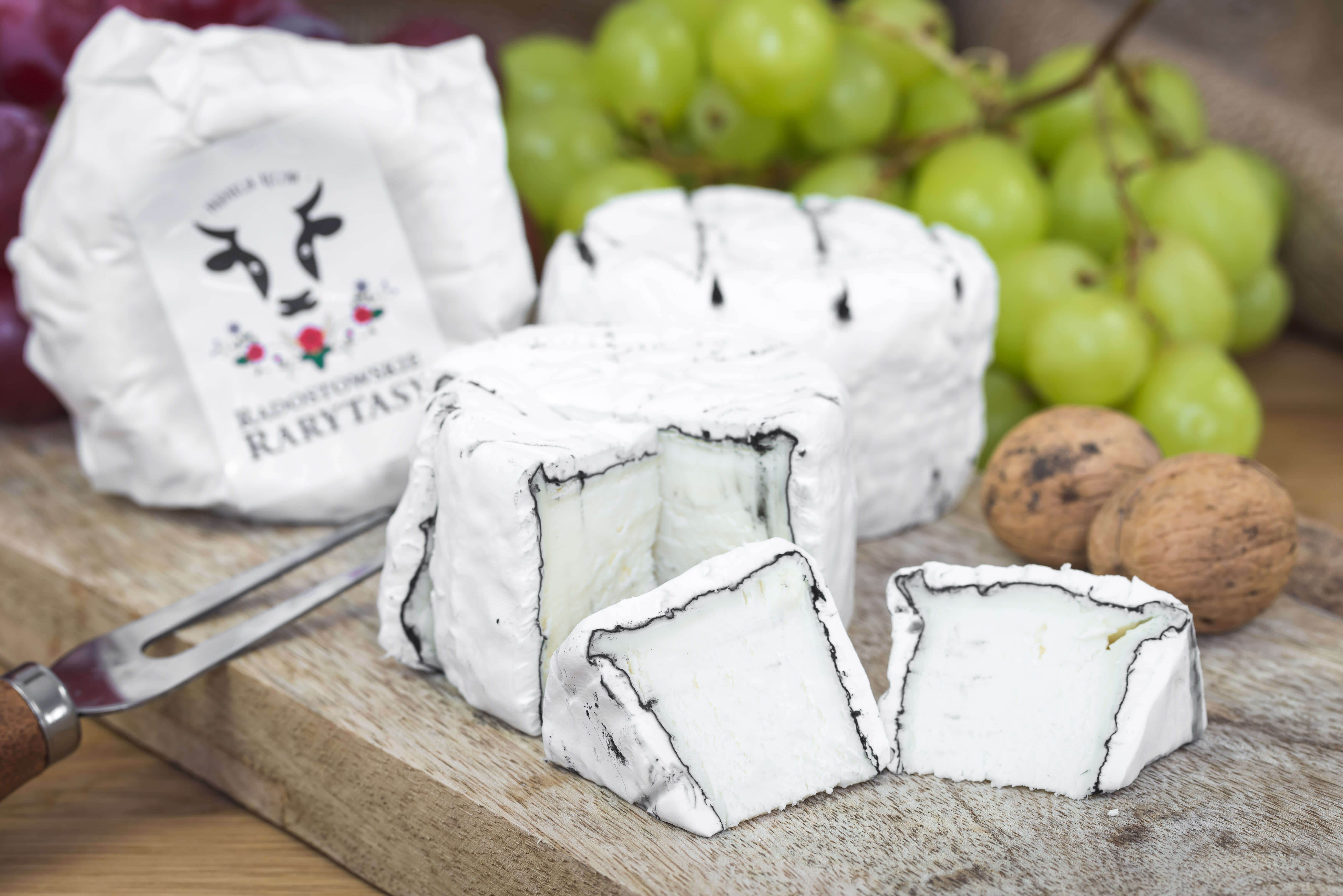Oliwa is definitely my favourite district of Gdańsk. Its written history goes back to the 12th century. First, it used to be a Cistercian abbey, which was profoundly cared for. Then, for quite some time, it functioned as a separate town. It became one of the districts of Gdańsk in 1926 and has remained so ever since. If I had to choose three characteristics to describe Oliwa, they would be: excellent location, interesting history, and mysterious forests. Everyone loves the Oliwa trail, including me. I’ve been coming back for years.
Picturesque Oliwa Valleys
It’s hard to believe that you could find such gorgeous landscapes in the middle of a city. The most popular part of Oliwa is the so-called Valley of Joy (Dolina Radości), located by the Oliwa Creek, within the Tri-City Landscape Park (Trójmiejski Park Krajobrazowy). The Creek, an inconspicuous little flow of water that finds its way to the Baltic Sea, was crucial in Oliwa’s development. Along its bed, more than 20 mills and several blacksmith workshops were built. You can take a walk along the Valley of Joy itself, but I decided to go wild and stroll down several valleys at once, combining a couple of routes into one long, although a bit exhausting, trip. If you’re not feeling up to it, or don’t have time, I’d recommend doing them one by one.
I started at Eve’s Valley (Dolina Ewy), with its magnificent Spring Water Preserve (Rezerwat przyrody Źródliska w Dolinie Ewy), and then took the Road of Flimsy Bridges (Droga Marnych Mostów), which sounds mysterious, but in reality looks like a glade. After a three-hour hike, I set off to the famous Valley of Joy, which can be reached via the Valley of Schwabe (Dolina Schwabego). The landscape changes dynamically, and each part of the route is different. The place was popular among tourists from the late 19th century, and had a functioning restaurant and several guest houses. In 1932, a ski jump was built. Unfortunately, all that is left of it are several obelisks. However, a skilled eye will easily catch the outline of where it used to be located. Several impressive erratic boulders, which are surrounded by many legends, are scattered around the area.
Forges, mills, and paper mills
Technological progress rendered many facilities obsolete, effectively causing them to decay. Fortunately, several of them have survived. The best known one is the Water Forge (Kuźnia Wodna), that had been opened in the 16th century and was only closed in 1947.
Today, it serves as a museum, which showcases three waterwheels, two massive oak shafts, trip hammers, heating furnace, and enormous iron shears. The museum will open for visitors on July 28. Passing by, it’s impossible not to notice the historical architecture surrounding the forge, including Schwabe and Ernstall Mansions (Dwór Schwabego || Dwór Ernsttal). Make sure to take a stroll along the revitalised Mill Pond (Staw Młyński), and see the Gazebo of Sighs (Altana Westchnień), an art installation by Patrycja Orzechowska. It’s a place that holds a special place in my heart. My 2005 outdoor wedding took place over there. If you cross the street, you’ll reach the famous “Pachołek” lookout point.

The remarkable story of the Pachołek Hill
The Pachołek Hill towers several hundred metres over the neighbourhood. Over the years, its name changed several times, but it had always been a popular spot. First, it belonged to the monks, then in the 18th century, a public garden was opened, alleys were designated, and trees planted. In the later years, the place became a lookout point, with a stunning, brick lookout tower. Unfortunately, from a military point of view, it was an excellent vantage point, so it was blown up during WWII. In 1975, a steel tower was erected that did — and still does — an excellent job. From it, you can see the panorama of the entire area and the Bay of Gdańsk. If the weather conditions are right, you can even see the Hel Peninsula far away on the other side of the Bay. Literally 5 minutes from the Hill, on the neighbouring Kościuszko Hill, there is the monument commemorating the Battle of Oliwa, which is also an excellent lookout point. If you’re up to the challenge after such an exhausting trip, you can walk down the hill and pay a visit to the famous Oliwa Park and the Abbot’s Palace.

The Dom Oliwski hotel, in the heart of the district
This modern building has lived up to the expectations. It has been seamlessly composed into the unique architecture of this part of the city. The hotel offers 21 rooms, a modern conference centre, and a playground for children. The hotel’s unquestionable asset is its location: it is a walking distance from most of the major attractions of Oliwa: the Valleys, the Pachołek Hill, the ZOO, and the Oliwa Park.
Where do I find delicious fish in Oliwa?
It’s a question asked not only by tourists. After a trip like this, a good meal is a must. If you’re visiting the Oliwa Valleys, an excellent choice will be the exclusive Fischgarten restaurant.
The menu is filled with fish, such as halibut, cod, or zander. In high season, they are also served grilled. Of course, traditional Polish dishes are also available, and the menu changes with season. The restaurant looks stunning any time of the year, with its beautiful garden and two orangeries, where you can relax during a meal.

Good mood Eliksir
Towards the end of an exciting day, I’d recommend making one last stop in the newer part of Oliwa. To be more specific, one of the best, and most rewarded cocktail bars in Poland. One of its features is a 15-metre-long bar, where you can order one of 300+ different alcohol types. Tonic water or energy drinks are home-made, which definitely translates into better quality of served cocktails. All the bartenders are the best in their profession, so they will definitely meet the needs of even the most demanding guests. All the cocktails in the menu are described in detail. My choice was the refreshing Tomatogroni, a unique combination of gin, Campari infused with tomato water, Lillet, and celery. A true delicacy. If you can’t decide, go for the tasting menu. If you want to experiment with different flavours, there’s no better choice for you.
The Oliwa Valleys is a unique part of Gdańsk. The lovely forest trails can take you back to paved streets of the district, with lovely townhouses that will take you back in time. Take a stroll, and you’ll notice that each wall has a story to tell. And you will come back for more.














































